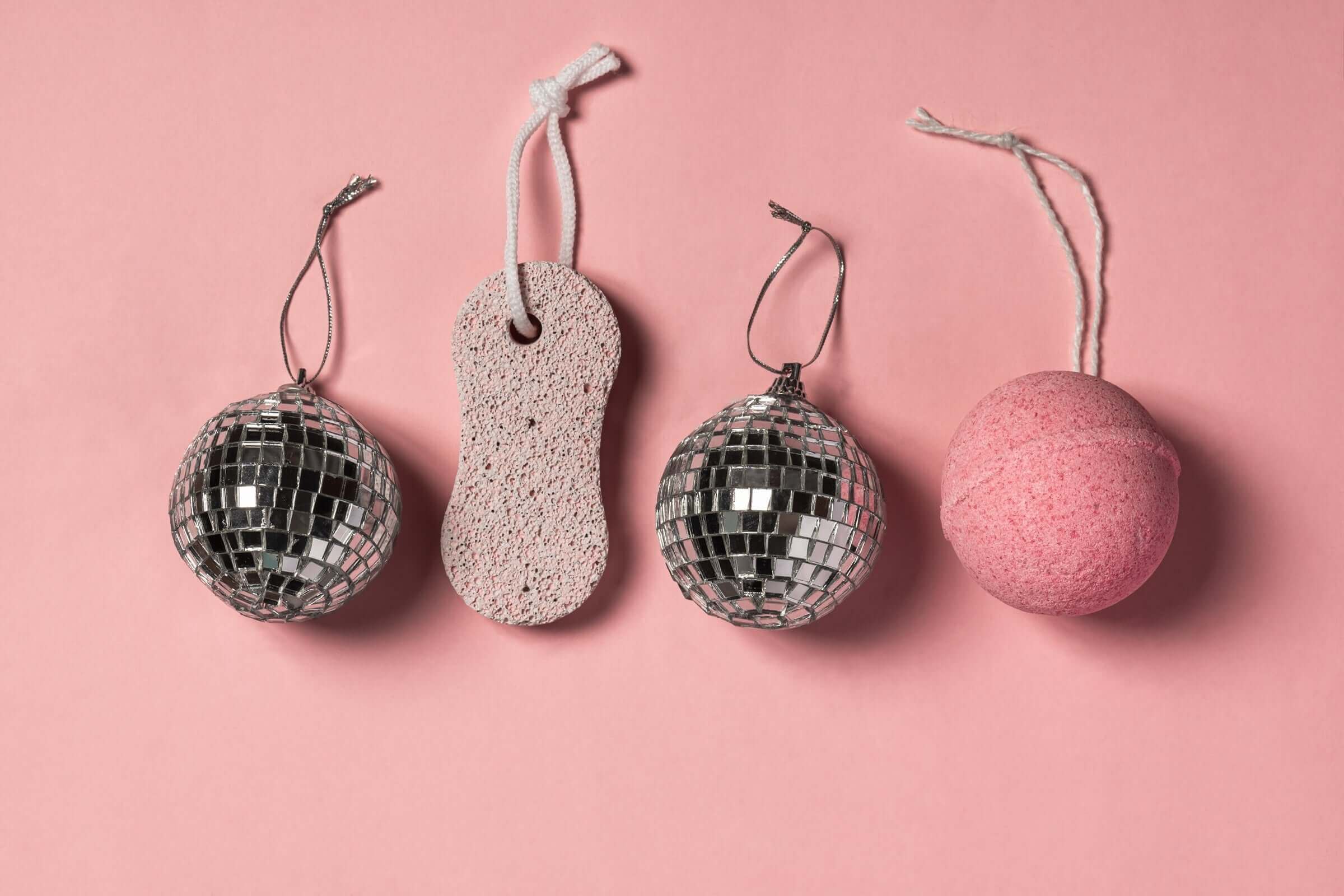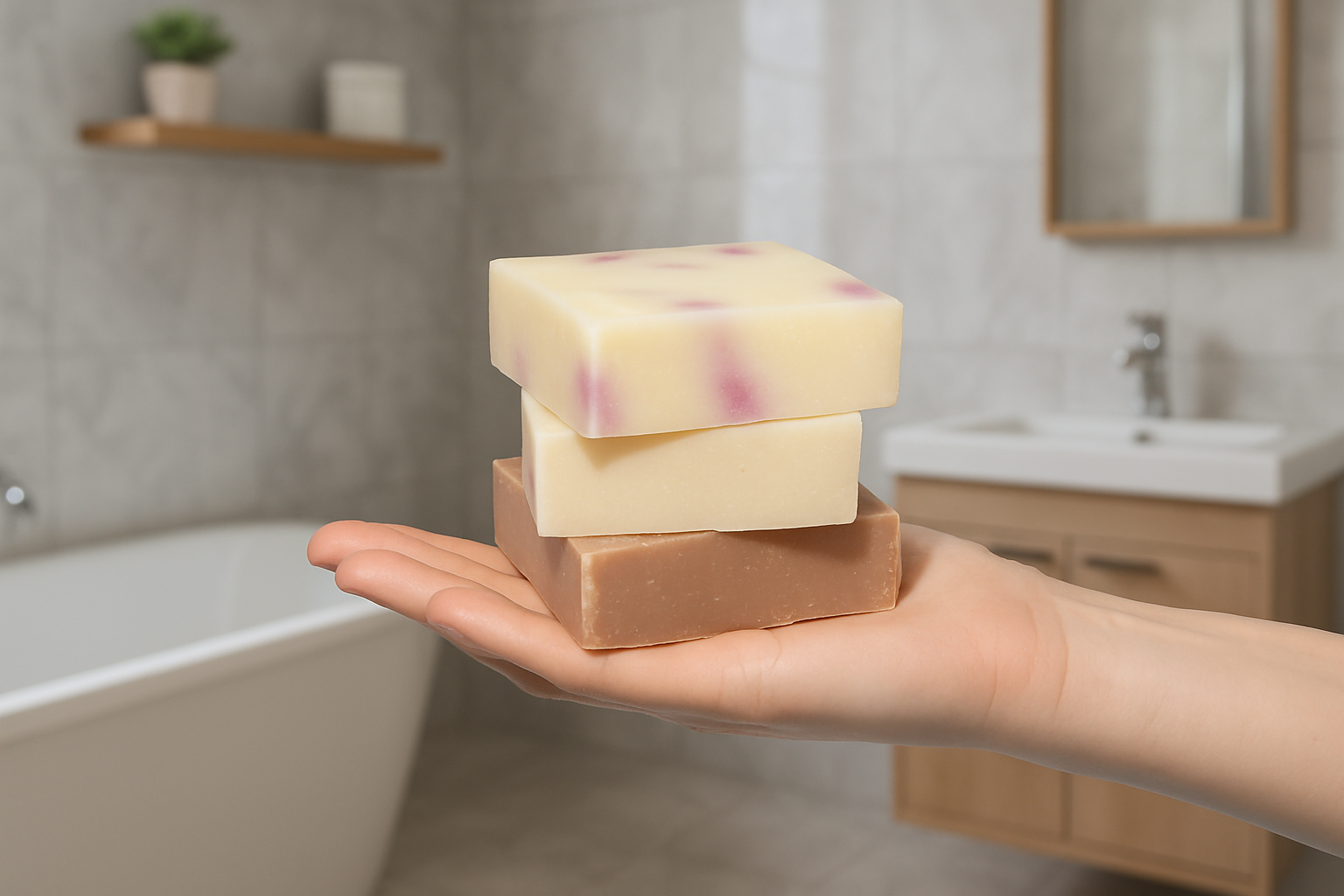Expired Peppermint Essential Oil? Know When to Bid Adieu

Peppermint essential oil is widely advocated for topical application to alleviate various concerns, such as headaches, muscle and joint pains, and itching. In aromatherapy, it's renowned for its efficacy in treating coughs, colds, pain relief, enhancing mental clarity, and mitigating stress.
Given its myriad benefits, peppermint essential oil emerges as a highly coveted and sought-after option among essential oils. However, does it have an expiry date? Like all essential oils, peppermint essential oil undergoes a natural oxidation process rather than a typical expiration akin to perishables.
Understanding Essential Oil Lifespan
Essential oils are highly concentrated plant extracts known for their therapeutic and aromatic properties. Their longevity varies depending on factors like storage conditions, quality, and the type of oil. While most essential oils typically last 2-3 years under proper storage, factors like oil type and scent can also significantly impact their longevity.
Differential Lifespan of Essential Oils
Essential oils have varying degradation rates. According to New Directions Aromatics, various factors influence their lifespan. For instance, citrus oils like lemon or orange are prone to quicker oxidation and degradation. These oils might lose their potency and aroma within six months of opening due to their high volatility and susceptibility to oxidation.
Contrastingly, oils with earthy or woody aromas, such as patchouli and sandalwood, tend to mature gracefully, often improving in scent and potency with age. They can endure longer periods before showing signs of degradation, allowing users to enjoy their benefits for an extended duration.
Factors Influencing Essential Oil Lifespan
Beyond the oil type or scent, here are several other variables significantly impact an essential oil’s lifespan:
- Source Botanical and Harvest
The quality of the plant source and the harvesting process influence the oil's longevity.
- Extraction Method
Different extraction methods yield oils with varying chemical compositions, affecting their stability and shelf life.
- Distillation Conditions
The conditions under which the oil is distilled, such as temperature and pressure, can impact its quality and durability.
- Storage and Handling
Proper storage, away from light and heat, and correct handling of oils are crucial for maintaining their quality.
- Bottling and Supplier Practices
How the supplier bottles, stores, and handles the oil can significantly impact its shelf life and quality upon reaching the customer.
Peppermint Oil's Oxidation and Longevity
Peppermint essential oil, while generally robust, can also undergo oxidation and changes over time. The good news is, according to Volant Aroma, you'll be able to use your peppermint essential oil for as long as 5 years after opening the bottle! The same goes for amyris, blue cypress, ylang ylang and wintergreen essential oils.
However, as with many oils, peppermint oil may exhibit signs of degradation such as altered scent, color changes, thickening, or loss of efficacy especially when exposed to oxygen and external elements like light and heat. It's important to note these indicators to determine if the oil is past its prime.
Signs of Oxidation and Expiration
Determining if your peppermint essential oil has gone bad involves observing several indicators:
- Change in Aroma
Oxidized oils often lose their characteristic scent or develop a rancid odor. Peppermint oil may lose its fresh, minty aroma and smell musty or stale when it's expired.
- Altered Color
Essential oils can change color due to oxidation or interaction with other compounds. Peppermint oil mixed with CBD may undergo color changes, turning yellowish or brown over time. While slight color shifts are normal, drastic changes could indicate deterioration.
- Cloudiness or Sediment
Oils that have gone bad might become cloudy or develop sediment at the bottom of the bottle.
- Skin Sensitivity
Expired oils may cause skin irritation or allergic reactions due to changes in their chemical composition.
- Poor Efficacy
Aged oils may lose their effectiveness. If the oil doesn’t produce the expected effects, it might be past its prime.
- Thickened Consistency
Oxidized oils can become thicker or more viscous than their original state. If your peppermint essential oil has significantly thickened, it might indicate degradation and is likely past its prime.
This change in texture can accompany other signs of oxidation, signaling that the oil has undergone chemical alterations and may no longer be suitable for use.
Peppermint Essential Oil Mixed with CBD Oil
If your peppermint essential oil is CBD-infused, it might exhibit color variations due to interactions between the compounds. The change in color, within reason, might be normal. However, drastic changes or any of the aforementioned signs could indicate spoilage. Always check the manufacturer's guidelines for specific information on CBD-infused oils.

Storage Tips to Preserve Essential Oils
Fortunately, there are methods to prolong the lifespan of your peppermint essential oil. Implementing these practices can help preserve its quality, ensuring an extended duration of enjoyment.
- Dark Glass Containers: Store oils in dark glass bottles away from direct sunlight to prevent oxidation.
- Dark Place: Keep oils in a cool, dark place, ideally at room temperature, to maintain their potency.
- Tight Seals: Ensure bottles are tightly sealed to prevent air exposure.
- Quality Matters: Purchase oils from reputable sources, as higher quality oils tend to have a longer shelf life.
Peppermint Essential Oil Disposal Guidelines
If your essential oil exhibits signs of spoilage, it’s safest to discard it responsibly to prevent environmental harm. Here's a guide on how to do it properly:
- Neutralization
Mix the expired oil with a substance like cat litter, sawdust, or baking soda to absorb it. This neutralizes the oil's potency before disposal.
- Seal Properly
Ensure the oil is in a well-sealed container to prevent leaks or spills. Use a container made of material that can handle oils without degradation.
- Check Recycling Centers
Some recycling centers or specialized facilities might accept essential oils for proper disposal or recycling. Contact them to inquire about their policies.
- Do Not Pour Down Drains
Avoid pouring essential oils down sinks or drains, as they can contaminate water sources or harm aquatic life.
- Dispose According to Guidelines
Adhere strictly to local guidelines and regulations for hazardous waste disposal. Some areas have specific protocols for handling oils due to their chemical properties.
- Consult Professional Services
If uncertain, seek advice from environmental agencies or hazardous waste disposal services for the safest disposal methods.
Our verdict?
Ultimately, an essential oil's lifespan varies widely based on multiple factors like botanical source, extraction method, storage conditions, and handling practices.
Understanding the signs of expiration and proper storage techniques can help you maximize the shelf life and effectiveness of your essential oils, ensuring you reap their full benefits. By recognizing these indicators and following appropriate storage practices, you can maximize the longevity of your oil.
When in doubt about its quality, knowing how to identify expired oil and responsibly dispose of it ensures both your safety and environmental consciousness. Embracing these practices not only enhances your well-being but also contributes to a sustainable approach in using essential oils.



